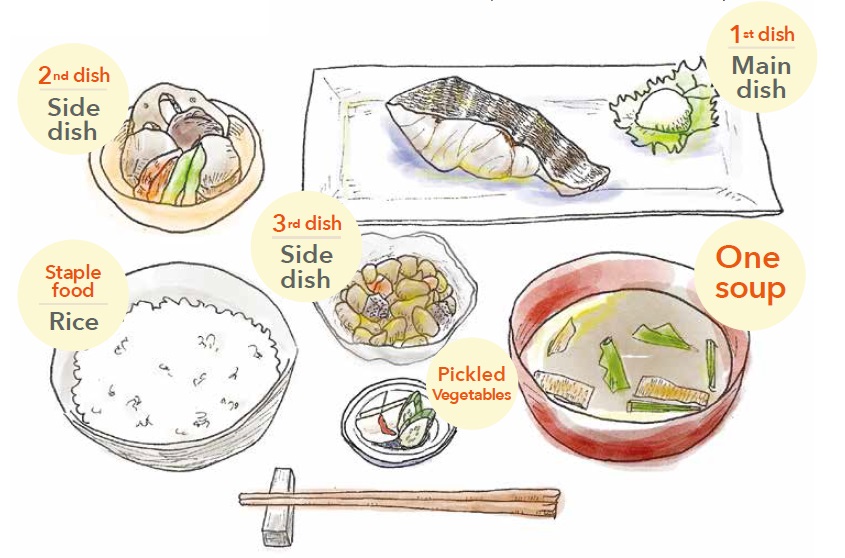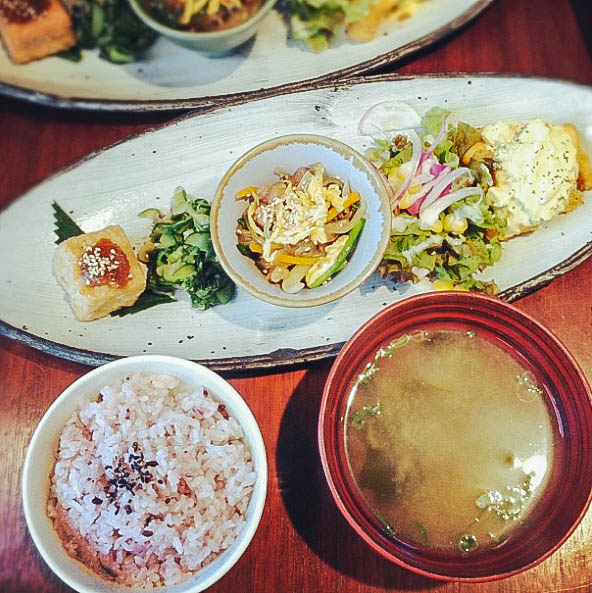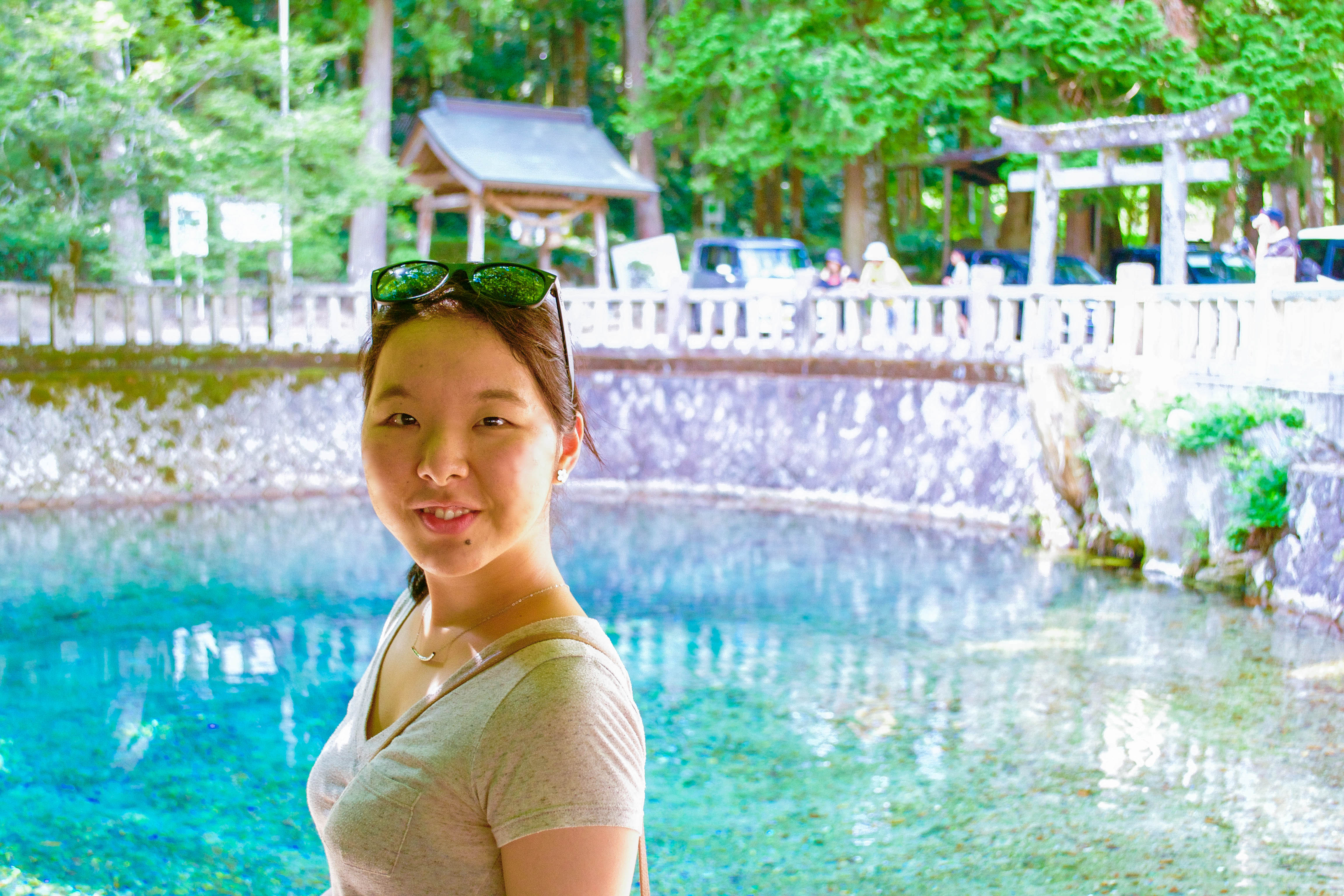It’s freshman year of college in the summer of 2011 at the University of Washington and in the halls of the fifth floor in Lander Dormitory, it’s Open Door Night. Everyone in their dorm has their doors set ajar, eagerly awaiting a friendly face to walk in and miraculously start a conversation out of thin air. I’m anxious, I’m nervous, I am away from home – far away. My timid freshman-self may not have made the best use of Open Door Nights, but thankfully someone else did. One fateful day, a young girl from Japan walked up to my room and bravely introduced herself (without a Japanese accent), and we have been friends ever since.
Two things mentioned above are tall tale signs of the person you are about to meet 1) she’s brave and 2) she’s from Japan, but speaks English without an accent. Meet Natsuki. Natsuki is perhaps one of the most internationally oriented people I know. She grew up in cities all around Japan and was educated in English and raised in Japanese. Not knowing anyone in any of the cities she’s moved to, Natsuki has lived in Seattle for college and now she’s working in Dublin at the international headquarters for Facebook; where I recently returned from visiting.
Having picked up and moved about every three to four years, Natsuki defines her life as an “accidental culture shock” in the best way possible. It just so happened that each time she moved, food seemed to be the way she was able to find common ground that connected her closer to the people she met.
Knowing that Natsuki has lived around the world and surely knows the feeling of homesickness perhaps better than most – I was curious to see if she ever seeks comfort through food. Which brings me to share Natsuki’s comfort food she makes on the days her heart longs for home all the way across the globe. Keeping her connected to her heritage, her home, and her family.
I present to you this month’s Comfort Food Diaries by one of my dearest friends who continuously inspires me to be courageous and brave no matter how far from home I am. Natsuki’s comfort food is Japanese home cooking in its purest form known as “Ichiju Sansai” style, literally meaning “One Soup Plus Three.”
Let’s have a look where this comfort food takes us shall we?
– – – – – – – – – – – – – – – – – – – – – – – – – –
My name is Natsuki. I’m 24 and currently working in Facebook’s Dublin office as a Japanese Market Specialist. I am originally from Kobe, Japan, but have moved around multiple cities that makes it a slightly hard to locate exactly where home is (Yokohama is currently where I call home since that’s where my parents now live).
“Culture Shock” has been an accidental theme that adequately describes my life so far. I’ve happened to be moving every 3 to 4 years, and the experiences in each of the houses, the cities, and countries shaped who I am and ultimately how I perceive the world today. I’ve lived in 4 different cities in Japan until High School, moved to Seattle for College, moved back with my parents in Yokohama to work there for a bit, and here I am now in Dublin, Ireland (and it has been exactly a year since my move!). The ‘shock‘, first and foremost, as per my definition is not a negative one. Every new city shocks me in great ways where I am being forced to learn and change. And in every move, food was a fond and special way I found as a common ground that connected me closer to the people. Over the years, I’ve learned that most people would immediately open up when you ask what their favorite food is, or what they ate when growing up.
My comfort food is a typical Washoku (Japanese style) meal served in an Ichiju Sansai style (literal translation is One Soup Plus Three). It is the most authentic and traditional cooking I refer to Washoku, which would consist a generous bowl of rice on your left and a nice hearty miso soup on your right; arranged around it is composed of two to three small vegetable side dishes to share.
Presentation is key. An Ichiju-Sansai meal is dominated by white rice, in any table setting it is regarded as the main dish. The three side dishes are placed in secondary positions further away from your miso soup and rice, and are usually considered to enhance the flavor of your rice.

If I had to choose (so difficult of course!) my favorite okazu (side dish) is a grilled teriyaki yellow-tail fish—which in our family commonly referred it to, Buri-Teri — short for Buri no Teriyaki. In Japanese ‘yaki’ means fry or grill and ‘teri’ means to shine. Teriyaki sauce is created by the perfect combination of soy-sauce, sugar, sake (Japanese rice wine), and mirin (sweet Japanese rice wine). It’s simple and quick. As both of my parents worked full-time for as long as I can remember, so my mother often cooked something that could be prepared quickly to feed her hungry family after work. Ironically, the simplicity of Japanese food makes it easy for one to judge between a good and bad cook. Quality Washoku cuisine is perhaps all about technique and the freshness of its ingredients.
My mom’s Washoku reminds me of a normal family dinner with all of us together at the table on any given weekend. Especially because my parents’ had jobs that kept them busy during the week, my sister and I craved for my mother’s extravagant cooking that was exclusive to the weekend. On a normal weekday, it was mostly vegetarian and not as gouka (luxurious) of having two to three sides.
– – – – – – – – – – – – – – – – – – – – – – – – – –

– – – – – – – – – –
“Itadakimasu!” (a customary saying before eating any meal)
After all four of us saying our “itadakimasu”s I pick up my wooden chopsticks and take my first slurp from the miso soup by picking up the bowl and bringing it close to my mouth. Stirring and picking up the sweet onions with my chopsticks, it’s a habit to scan through what vegetables my mother decided to put as ingredients. Simultaneously, I smell the freshness of thinly-chopped green-onions, giving its fiery and fragrant existence. My family likes to add extra when we can, and likes to add our green-onions right before we start indulging in our meal.
After my first few slurps, I then shift my chopsticks to the smaller kobachis (small bowls), usually a nimono (simmered food) with vegetables of the season. I then pick up my ochawan (rice bowl) with my left hand, and start devouring into my fluffy rice that goes so well with my okazu.
“Gochisosama.” (a customary saying after eating any meal)
– – – – – – – – – –
So I live, I work, and grew accustomed to my new routine here in Dublin. I’ve explored in and out of the city and have a few cafes I find extremely comfortable for a relaxing weekend. I know exactly where to run on my exclusive and scenic trails around my neighborhood. But living in a different country, so far away from home, I get sudden and abrupt moments of homesickness. It hits me one day (usually out of nowhere), —“You’re alone.”
But cooking Washoku in a foreign country takes me back home – even for a split second when I smell the fresh green-onions in my miso soup. More importantly, I feel connected to my family. I even have weekends when we happened to cook the same Ichiju-Sanna meal out of total coincidence…
…where somewhere in my mind I’m guessing (or perhaps, hoping) it tasted exactly (or nearly) the same.
Written by Natsuki Y.


Nastuki’s story brought tears of joy to my eyes. Like all mothers around the world … I miss my children. Thank you Cozy-girl. <3